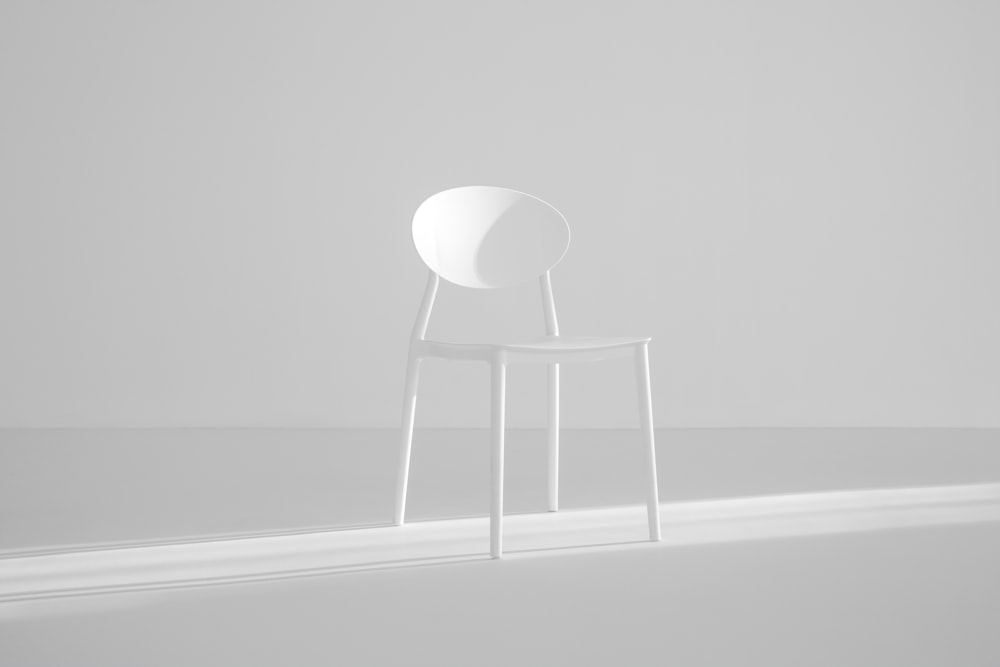目次
脳卒中片麻痺例に対する起立-着座練習における足の位置の影響
理学療法士・作業療法士が脳卒中片麻痺症例を対象に,麻痺側下肢の抗重力活動の改善を目的に起立-着座練習を行う機会は少なくないと思います.
ただ脳卒中片麻痺例においては麻痺側にほとんど荷重することなく,非麻痺側下肢の活動で起立-着座動作を行ってしまう症例が多いので,場合によっては起立-着座練習が麻痺側下肢のトレーニングにならない場合があります.
今回は起立-着座運動における足の位置を変化させることで麻痺側下肢の筋活動がどのように変化するかを調査した研究報告をご紹介させていただきます.

今回ご紹介する論文
Am J Phys Med Rehabil. 2020 Apr;99(4):330-337. doi: 10.1097/PHM.0000000000001335.
Changes in Muscle Activation and Ground Reaction Force of the Lower Limbs According to Foot Placement During Sit-to-Stand Training in Stroke Patients.
Noh HJ1, Kim CY, Kim HD, Kim SW.
今回ご紹介する論文は2020年に掲載されたばかりの新しい論文です.
研究の目的
The aims of the study were to investigate the kinetic effects of sit-to-stand training in various foot positions on the coronal plane in patients with strokes and to suggest appropriate exercises.
この研究では脳卒中片麻痺例における矢状面上の足の位置での起立-着座運動時の運動学的効果を調査し,適切なエクササイズを考えることを目的としております.
研究デザイン
Thirty-six poststroke subjects participated in this study. The subjects performed three sit-to-stand trials in the following foot positions: (a) symmetric foot positioning (symmetric), (b) affected foot placed to the side (asymmetric 1), and (c) and less affected foot placed to the side (asymmetric 2). They were asked to perform sit-to-stand training at a spontaneous velocity and remain standing for 5 secs, whereas the vertical ground reaction force was measured using force platforms. The activation of lower limb muscles was evaluated using surface electromyography, and the peak and mean vertical ground reaction force and weight-bearing symmetry ratio were evaluated using force platforms.
この研究では脳卒中例36例を対象としております.
対象者は以下の足の位置で3回の起立トレーニングを行っております.
a)左右対称の足の位置(左右対称)
b)非麻痺側下肢を手前にひいた足の位置(左右非対称1)
c)麻痺側下肢を手前にひいた足の位置(左右非対称2)
対象者は自然な速度で起立トレーニングを行い,起立後には5秒間立位を保持するように指示されました.
フォースプラットフォームを用いて垂直方向の床反力を測定しております.
下肢の筋活動については表面筋電図を用いて評価し,床反力のピーク値・平均値,荷重量の対称性について評価を行っております.
研究の結果
Our results showed significant increases in the muscle activation, peak and mean vertical ground reaction force, and weight-bearing symmetry ratio of the lower limbs using the asymmetric 2 strategy (P < 0.05).
結果ですが,麻痺側下肢を手前に引いた足の位置(左右非対称2)で有意に麻痺側下肢の筋活動,床反力ピーク値・平均値,荷重量の対称性が向上するといった結果でありました.
研究の結論
Our results suggest that sit-to-stand training with the less affected foot placed to the side by the width of the subject’s foot may be the most beneficial in the rehabilitation of patients with hemiparetic stroke.
この研究結果から,起立トレーニングを行う場合には,非麻痺側下肢を前方に出した状態で,麻痺側下肢を手前に引きトレーニングを行うことが,脳卒中片麻痺例を対象としてトレーニングを行う上で有益であると考えられます.
今回は起立-着座運動における足の位置を変化させることで麻痺側下肢の筋活動がどのように変化するかを調査した研究報告をご紹介させていただきました.
麻痺側下肢の位置で荷重量が変化するというのは興味深いですね.
起立トレーニングは自主トレーニングとしても理学療法士・作業療法士が脳卒中片麻痺例に指導する機会が多いと思いますし,非常に簡単に臨床に取り入れられる内容だと思いますので,こういった結果を日々の理学療法に活かしたいですね.







コメント